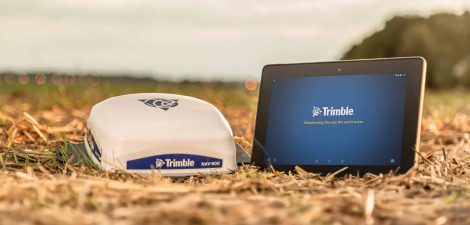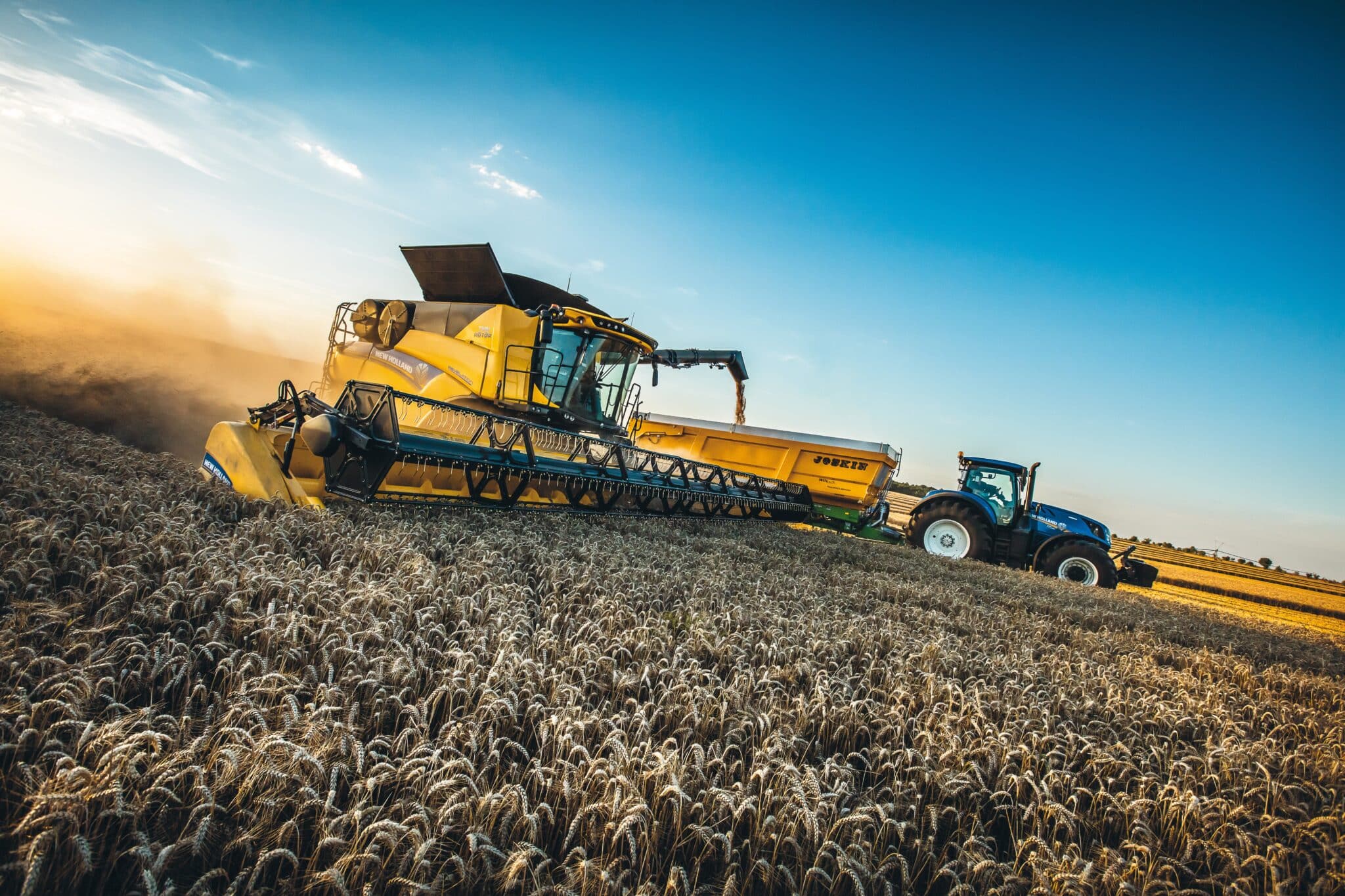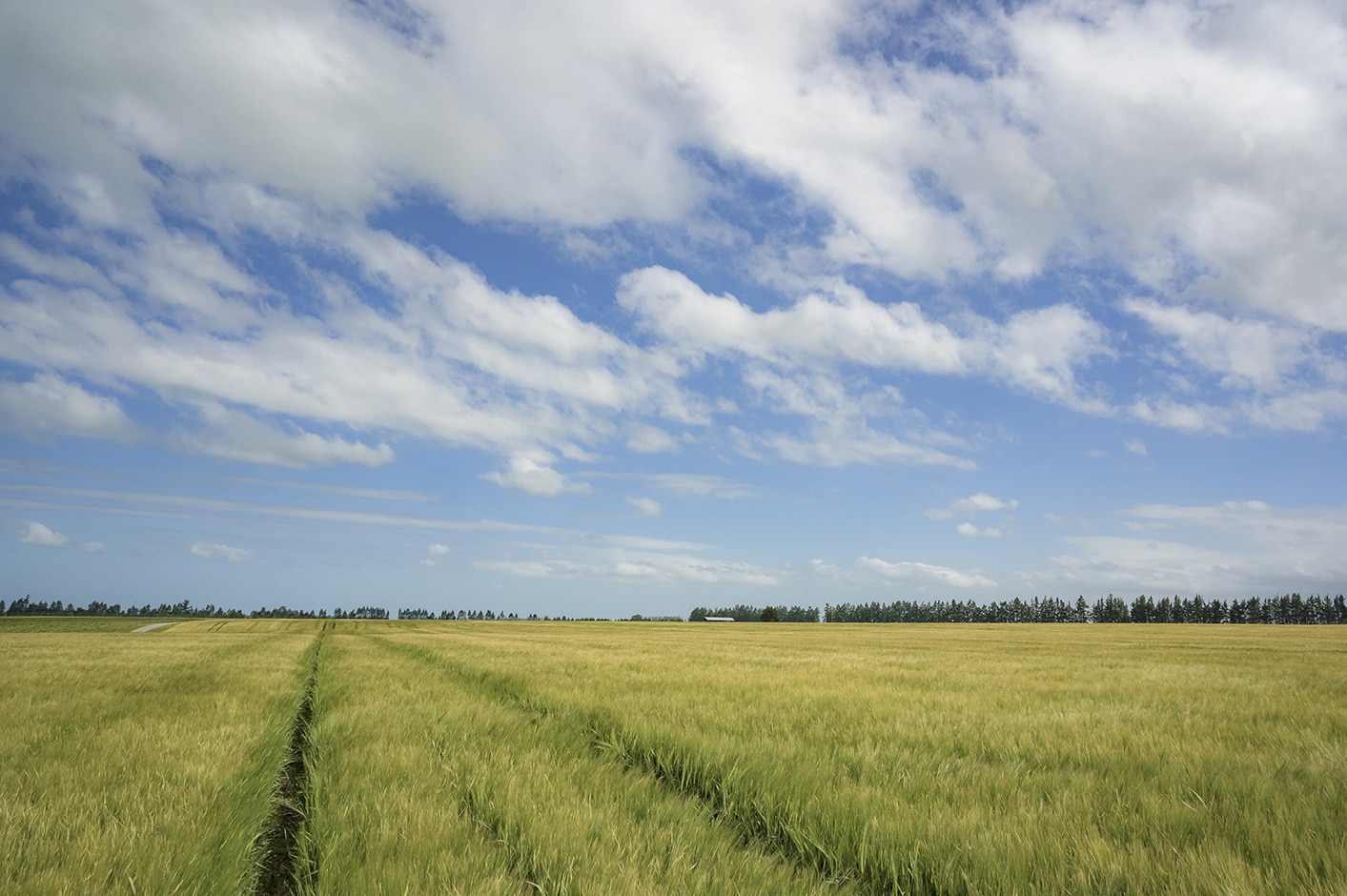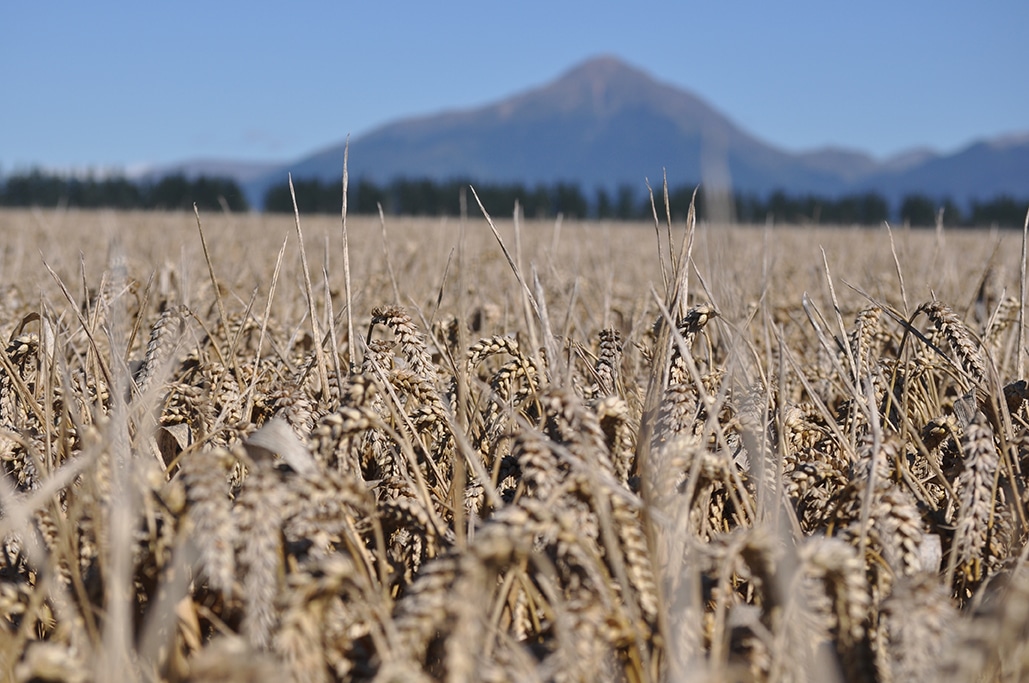Your farm’s hardware and software systems capture some extremely valuable data points about your paddocks during harvest. Do you know how to extract value from that data to turn it into informed decisions for next season? That’s where yield mapping comes in.
Your yield data is the final measure of your season’s work. By turning that data into yield maps, you gain a good picture of where your yield is coming from and the profitability of each piece of your land. This allows you to make data-informed decisions about how to manage your farm.
Yield mapping has been around since the 1990s, when GPS data was first coupled with different sensors on the harvester to be able to measure and map parameters such as crop yield, moisture, speed, elevation, and much more. Most headers and combine harvesters are already recording this data, so why not use it?
It all takes quality data.
Precision agriculture technologies are available to help you figure out why a field produced a high or low yield and what you can do differently next season. Is it your soil moisture? Are you lacking a vital nutrient? Is your nutrient load too high in some areas? You can’t just guess this stuff; it takes quality data.
To make the most of your yield maps, we suggest an EM Soil Survey which will give you priceless information on the variable soil properties across your land. Knowing your soil properties, such as texture, salinity, and cation exchange capacity, will help you plan how to best use and manage each piece of your land. This only needs to be done once and continues to provide value for years to come.
We also recommend Precision Nutrient Management (PNM), which allows you to apply the right amount of nutrients only to the area that requires them, as determined by more intensive soil sampling.
Once you’ve got these in place, you can use your yield maps to look back at your high and low spots of yield. By comparing nutrient levels and soil types, you are able to work out exactly what may be lacking and what you need to change heading into the next year.
So, you have the data; what next?
Even if we capture the data correctly (which we encourage you to do—good data is key!), there’s so much to look at that it’s difficult to know where to start and exactly what to pull out of it. When you create yield maps with Vantage NZ, one of our reps will work with you to make sure you have all the right data and strategies in place, before creating the yield maps for you and showing you how to use them. They’ll work with you to figure out the reasons for variation in yield across your farm.
Using yield mapping, we can dig right into your data to determine why your crop performed the way it did and design a strategy for land preparation and the planting season. It’s all well and good to record the data, but now is the time to use it!
We use your data to produce profit maps and nutrient off-take maps from within each field. We can analyse how different field management strategies affect yield, apply fertiliser more accurately according to the nutrients removed, create prescription maps for variable rate application, budget your seed, and have improved decision-making and budgeting for future years.
With the systems you already have in place, you can already go back and view your data, but you can’t compare it to the data you have from EM Soil Surveys and PNM. Our team at Vantage can download your data either through Trimble Ag Software or into our own software programmes to clean it up and edit it, then turn your raw data into zone maps to visually see what is happening across your paddocks. These maps can then be overlayed against your soil type (EM) pH and nutrient maps (PNM) where we can start to figure out what might be the cause for areas of low and/or high Production?
Yield mapping is not an overnight process.
Many of our customers find themselves caught up in the myriad of tasks there are to do on-farm and don’t find the time to plan things out. All of a sudden, another season has come and gone, business as usual! We’re too busy doing the work out in the field to get all the tech and planning sorted ahead of time.
Data is gold, and the truth is, the better your data, the more value you have to gain from it. Developing high-quality data takes years, so the sooner you start, the sooner you can extract value, improve efficiency, and increase profits. Having years of data is invaluable, as you can see year after year what has worked and what needs changing.
In the long-term, you can work toward evening out the yield capability across your paddock by applying nutrients exactly where they’re needed and increase yield in low-performing areas or plant according to soil types for better ROI.
Need help making sense of your data and turning it into data-driven insights for next season? Talk to our friendly team at Vantage NZ. We have Precision Ag Specialists around the country that can take your data and turn it into valuable insights.
Find out more at vantage-nz.com/yield-mapping





